Cocciopesto is a reddish colour which was often used in Venice and elsewhere to write short-lived messages on walls.
In a society without modern means of communication, writing messages on walls was a common way of informing the wider population of important news.
Such messages were not meant to last, and consequently few have survived.
There are many in Pompeii, conserved on the walls under tons of pumice from the eruption of the Vesuvius in 79 CE.
In Venice messages and drawings have sometimes survived by chance, so they are few and scattered around.
Rust and brick
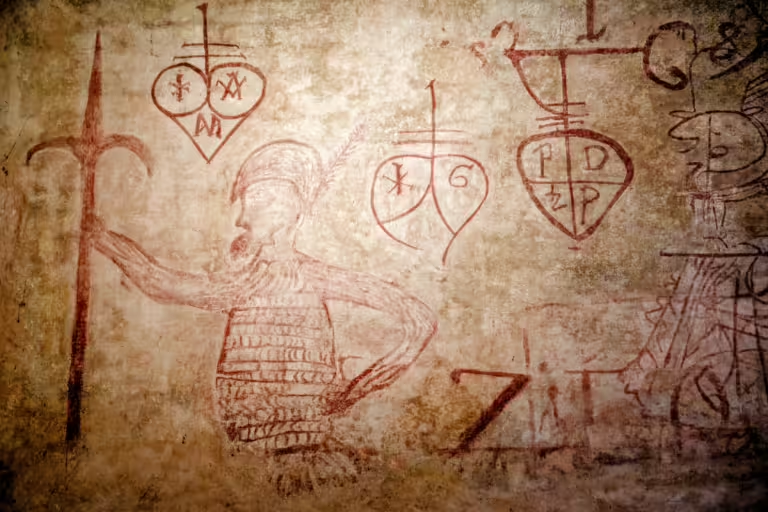
Cocciopesto is a simple mixture of rust and red brick, ground to a fine powder and mixed with a bit of water.
It is therefore dirt cheap. Any iron object that comes into contact with the salty lagoon water will rust rapidly, and red brick is ubiquitous in Venice, so the raw materials are readily available.
A writing or drawing of cocciopesto on a wall might last a few weeks, or maybe a bit longer if it doesn’t rain too much. After some time, the powdered pigment will come off the wall, due to wind and rain.
Why has it sometimes survived?
Many of the surviving writings and drawing are still here because they’ve been protected from the weather somehow. Some are indoors, other under porticoes and other places that are less exposed.
Also, rust is iron-oxide, which can bind chemically to calcium.
Pietra d’Istria, the white stone on many buildings and monuments, contains calcium, and so does the plaster used to paint the buildings.
The chemical process of binding the iron-oxide to the calcium of the stone or plaster is very slow. It takes months, if not years. However, if the weather leaves the writing or drawing in peace, the process can bind enough of the iron-oxide to the wall to save it.
At that point the red colour is no longer on the surface of the wall, but in the plaster or stone.
Examples of writing and drawings with cocciopesto
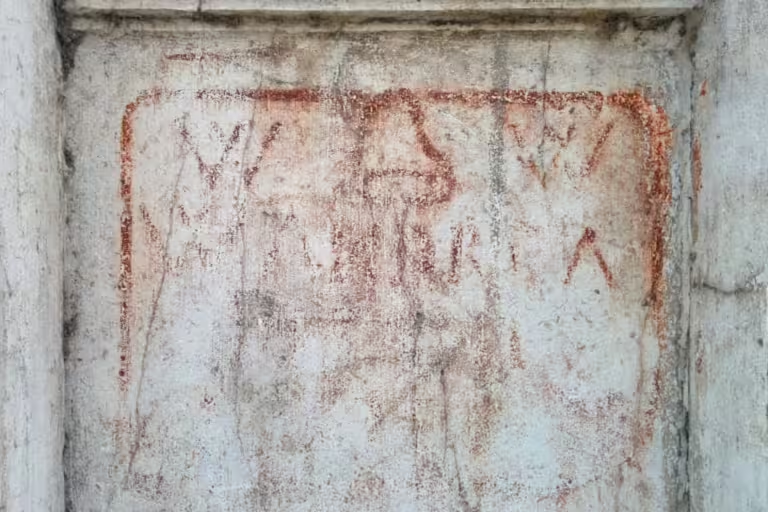
In Campo Santa Giustina a message about the election of Andrea Gritti to doge in April 1523 is still partially readable.
Both on the Lazzaretto Vecchio and the Lazzaretto Nuovo the workers of the plague hospital and quarantine facilities wrote and drew on the walls inside several warehouses.
In St Mark’s square, under the portico of the Marciana library, a series of symbols, years and names related to the election of the doges are still visible.
Photo gallery

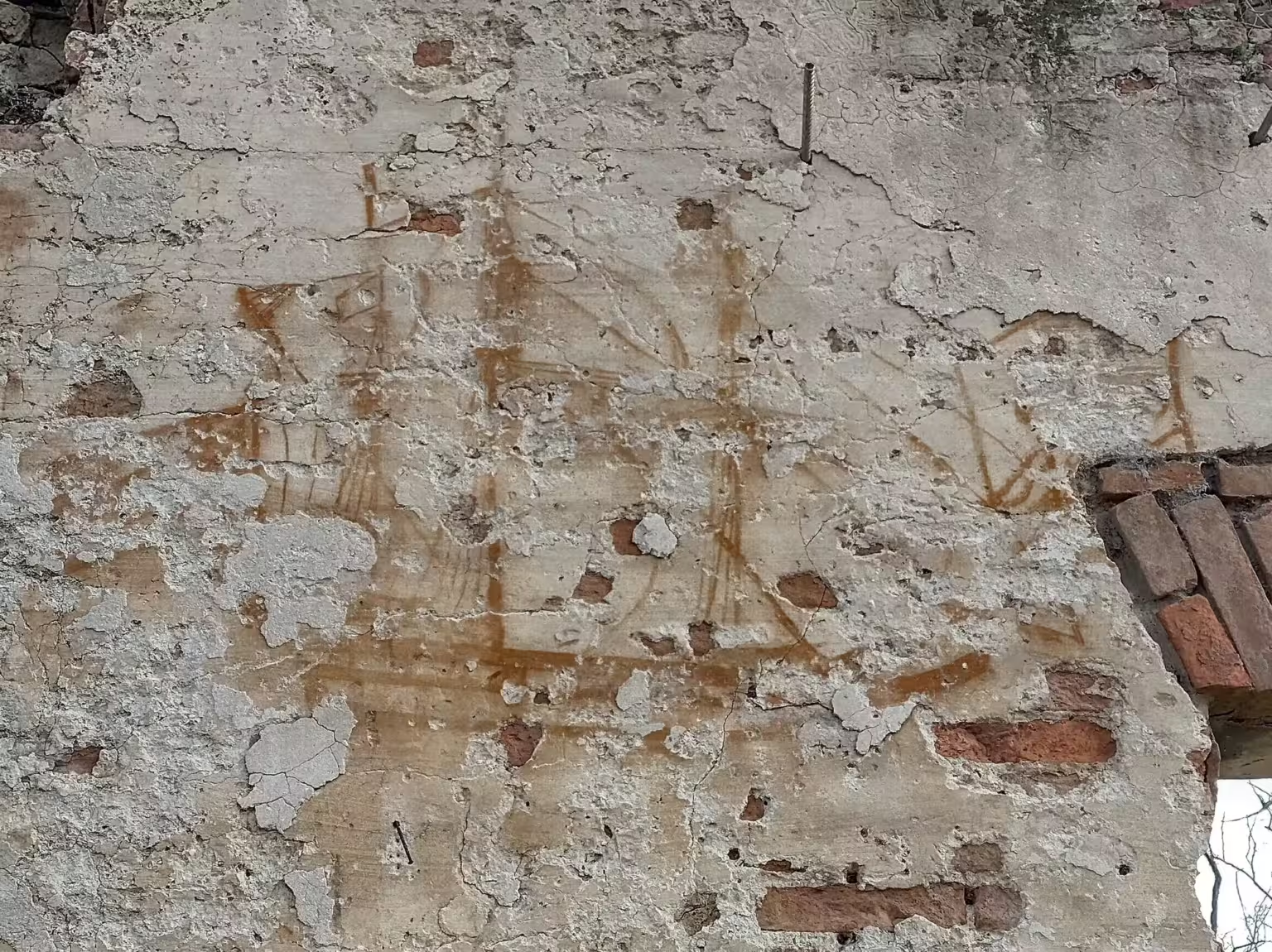


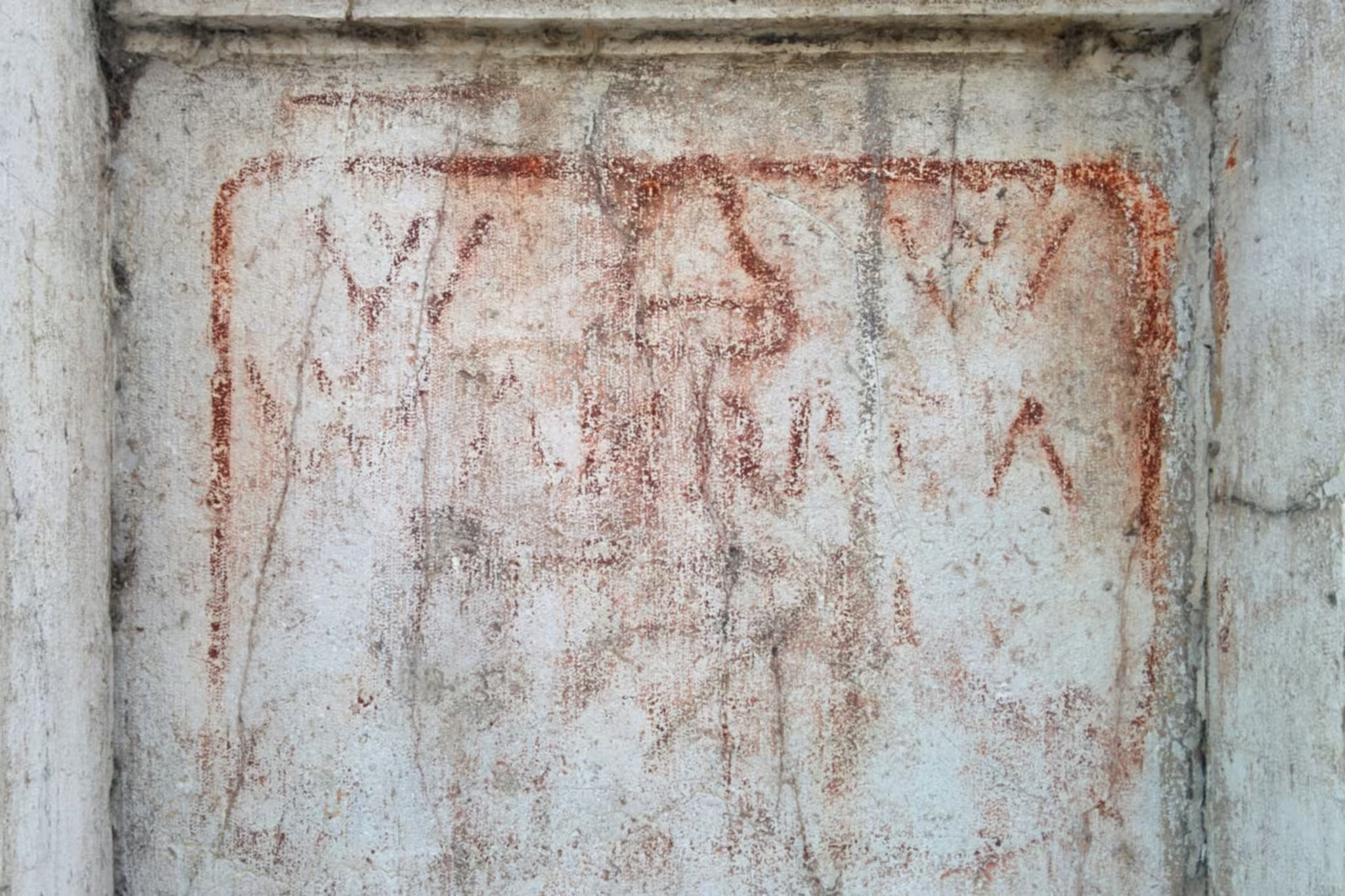
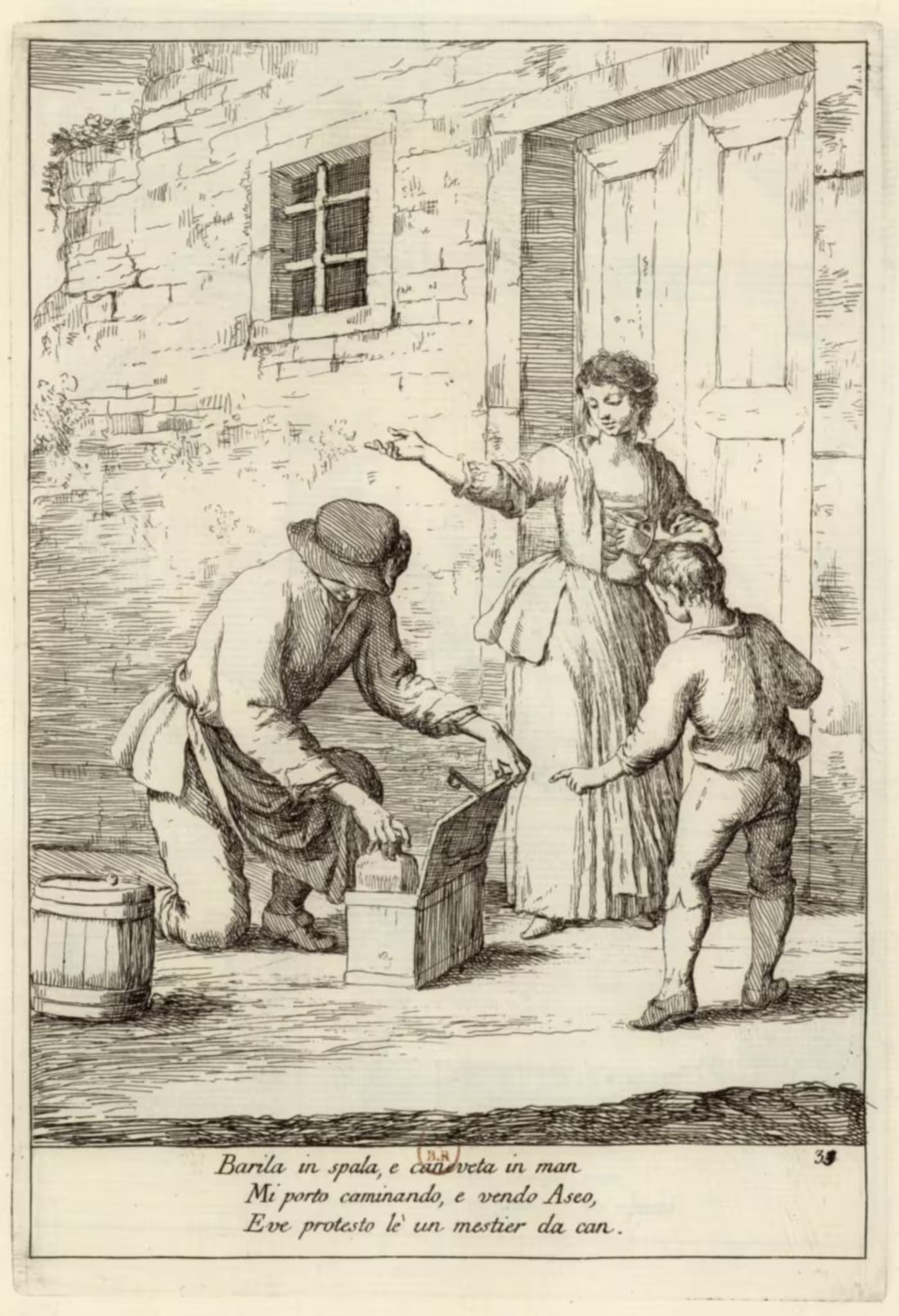
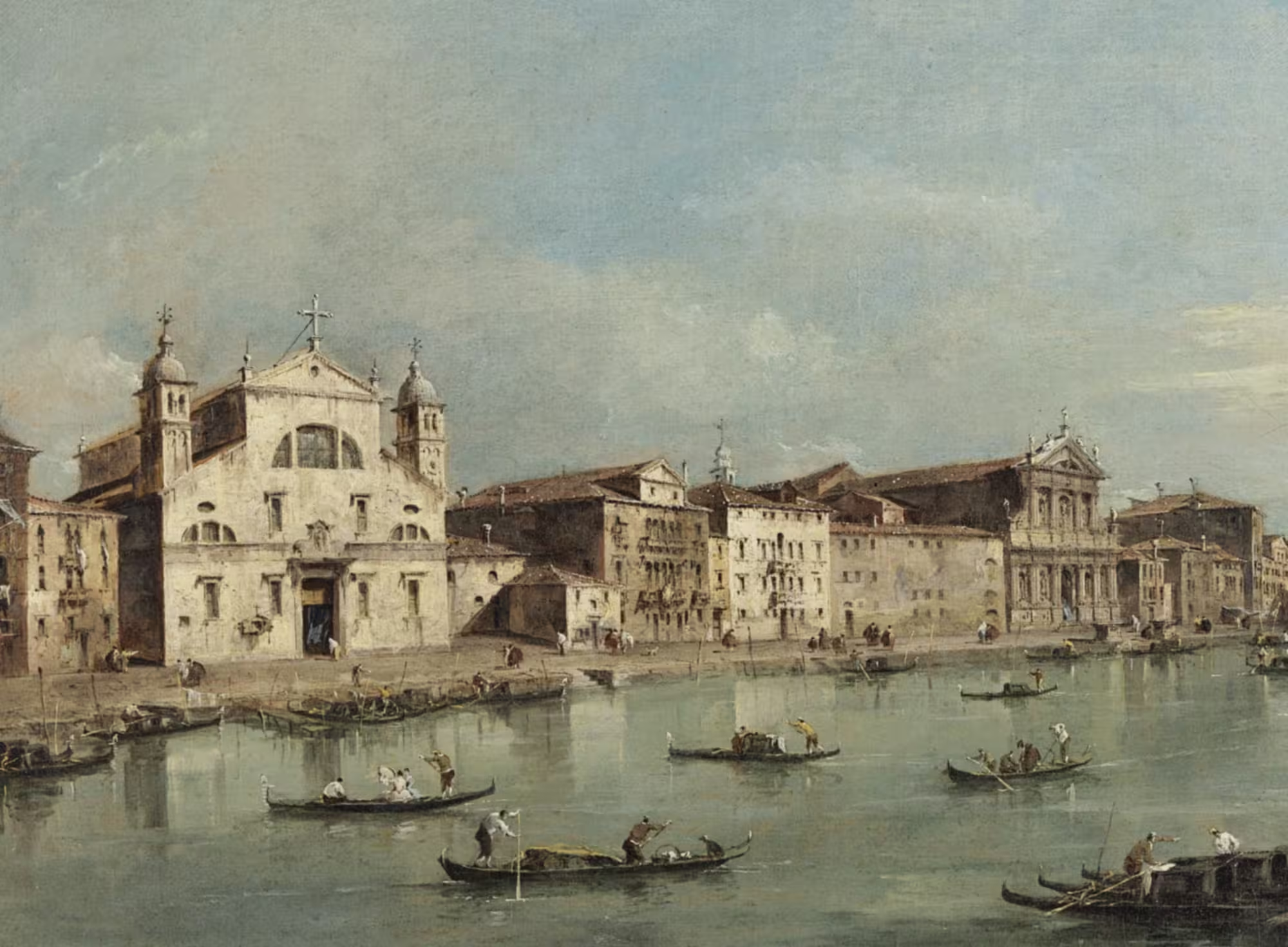
Leave a Reply